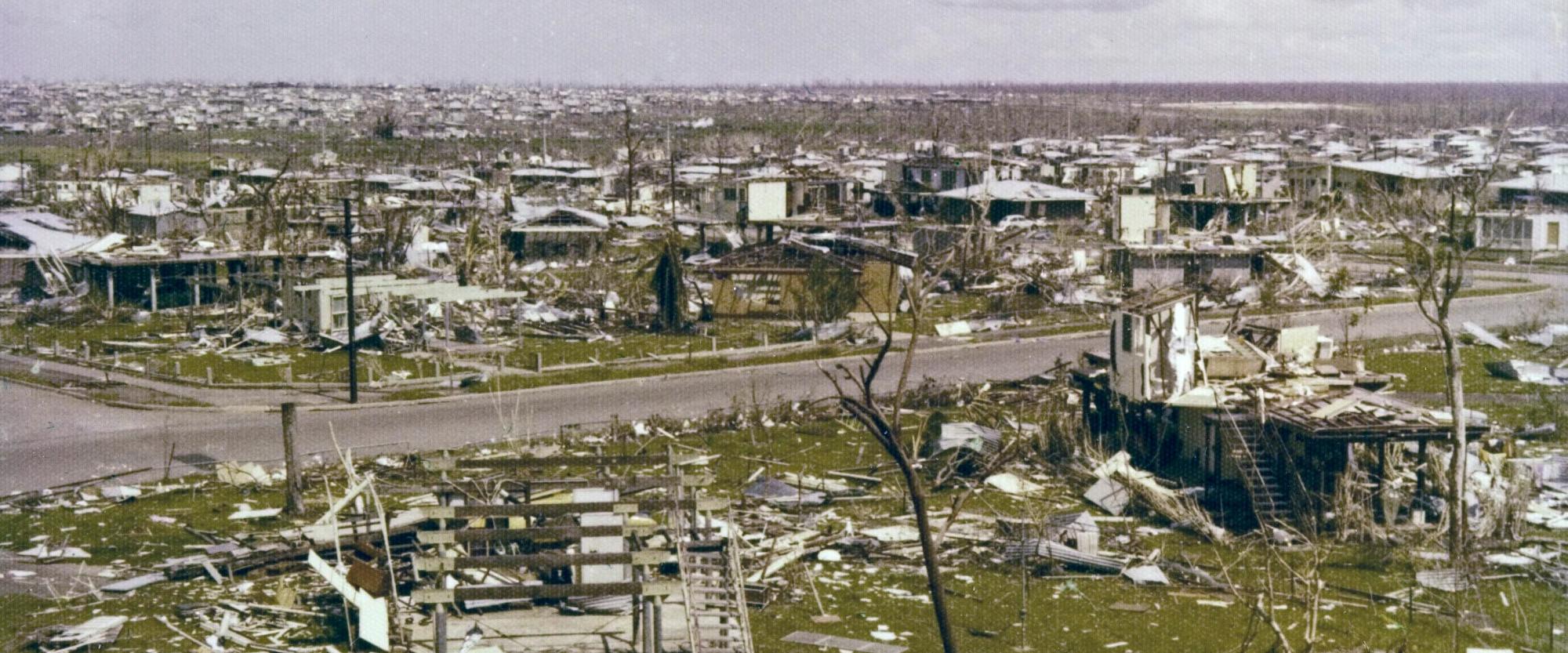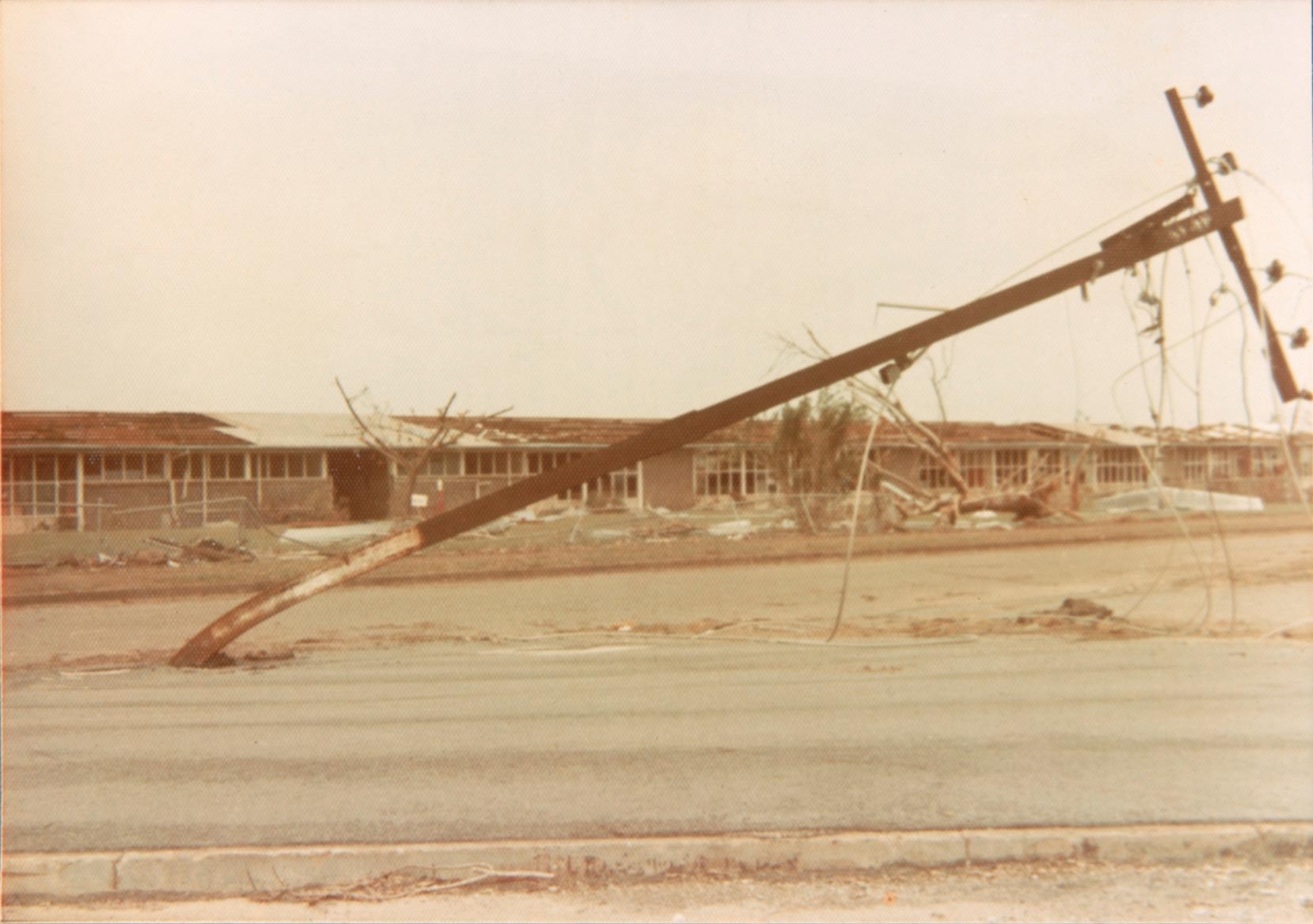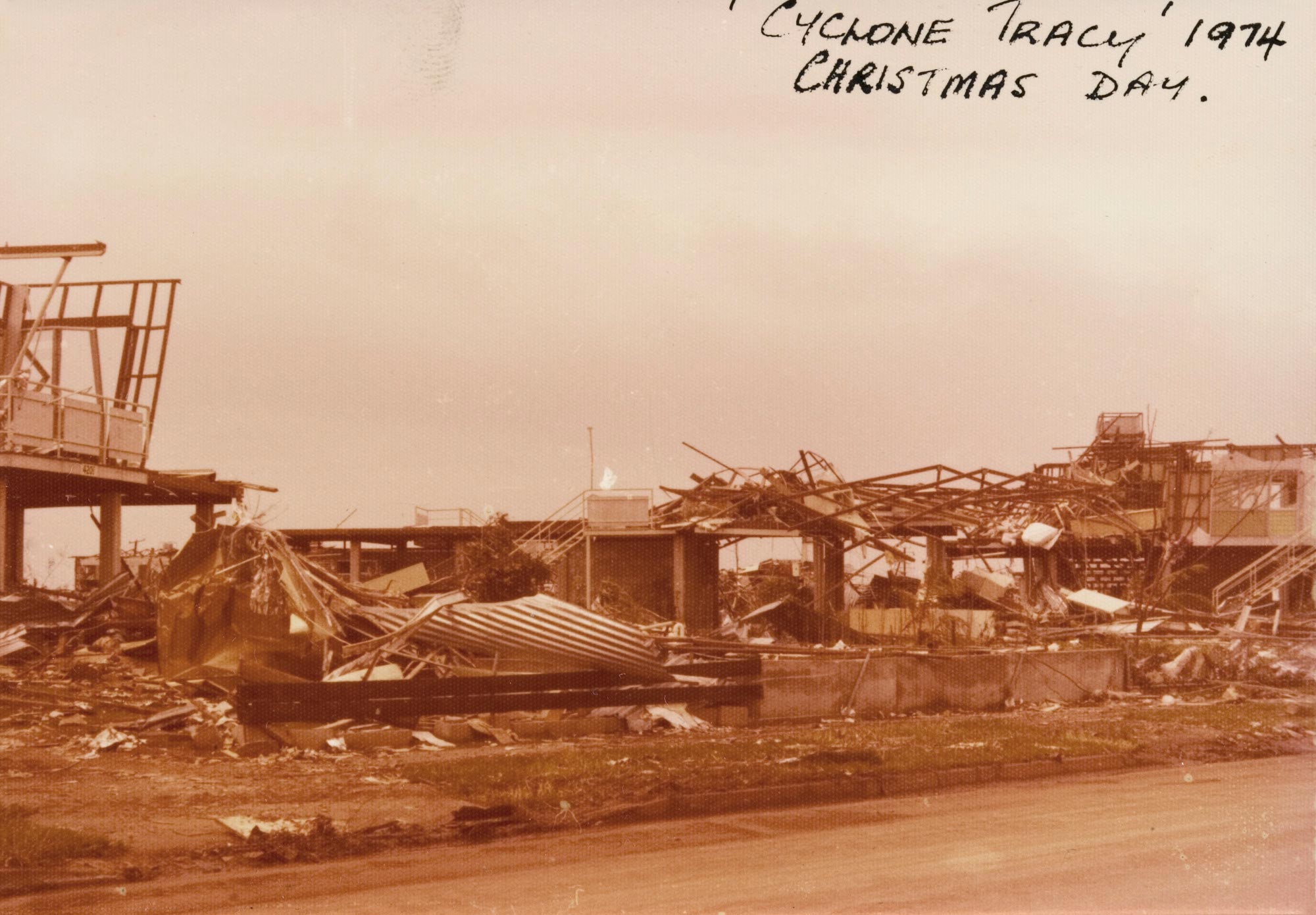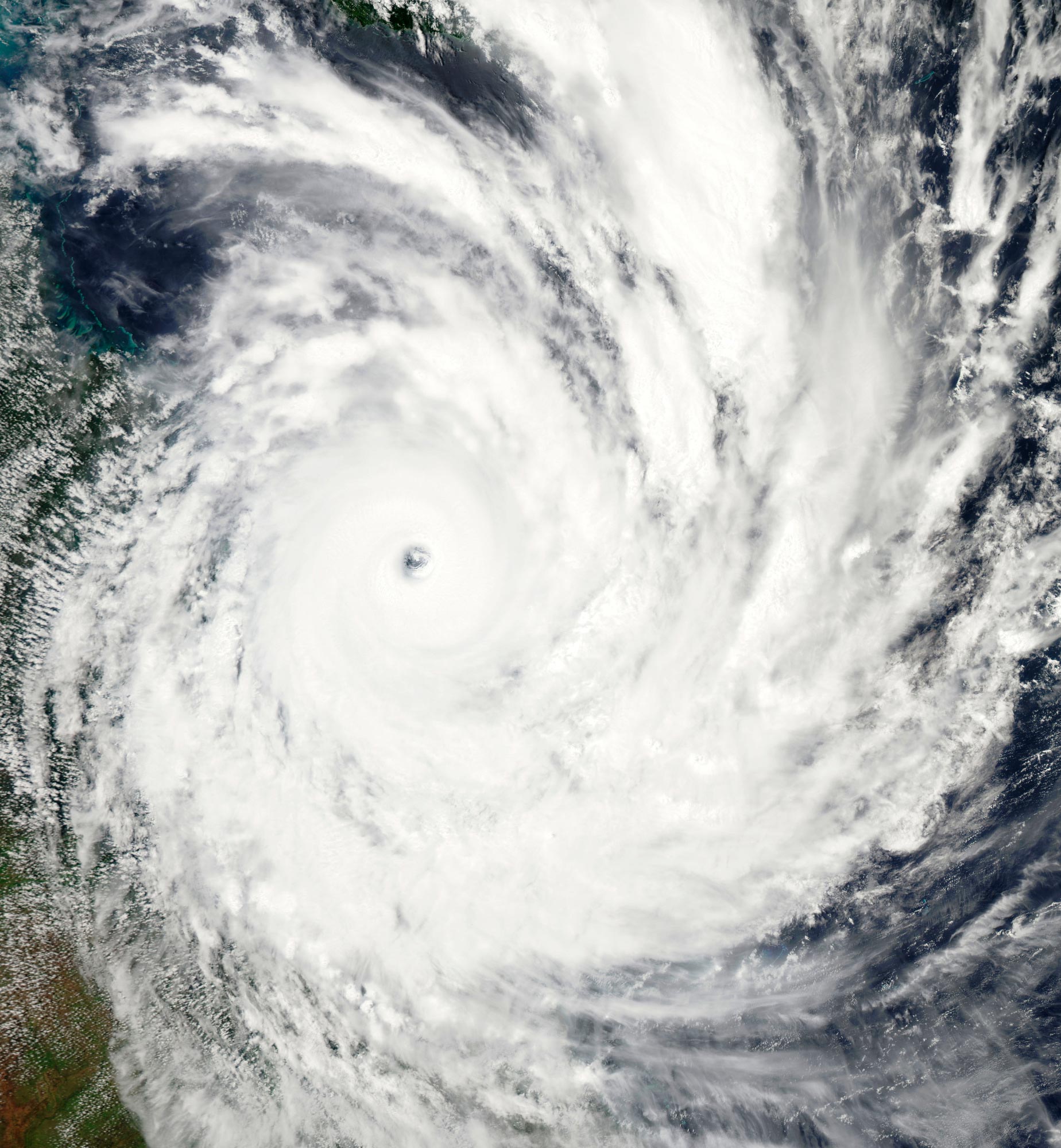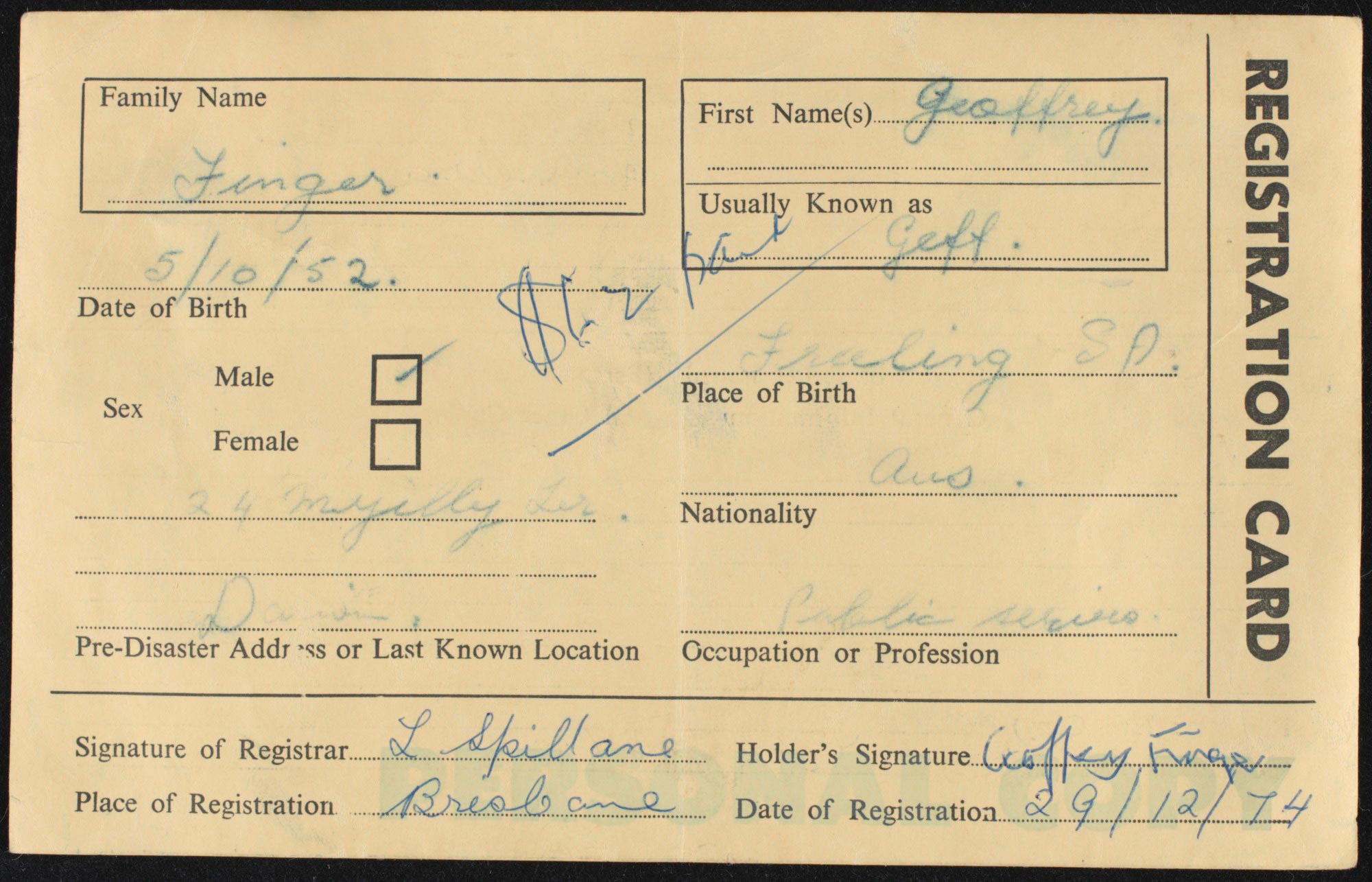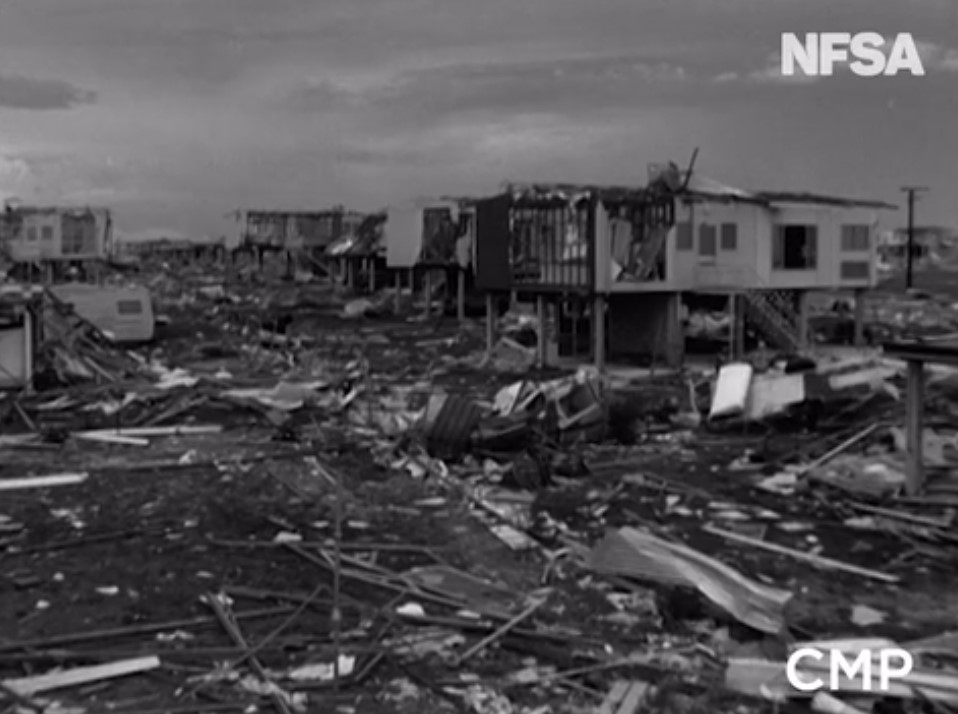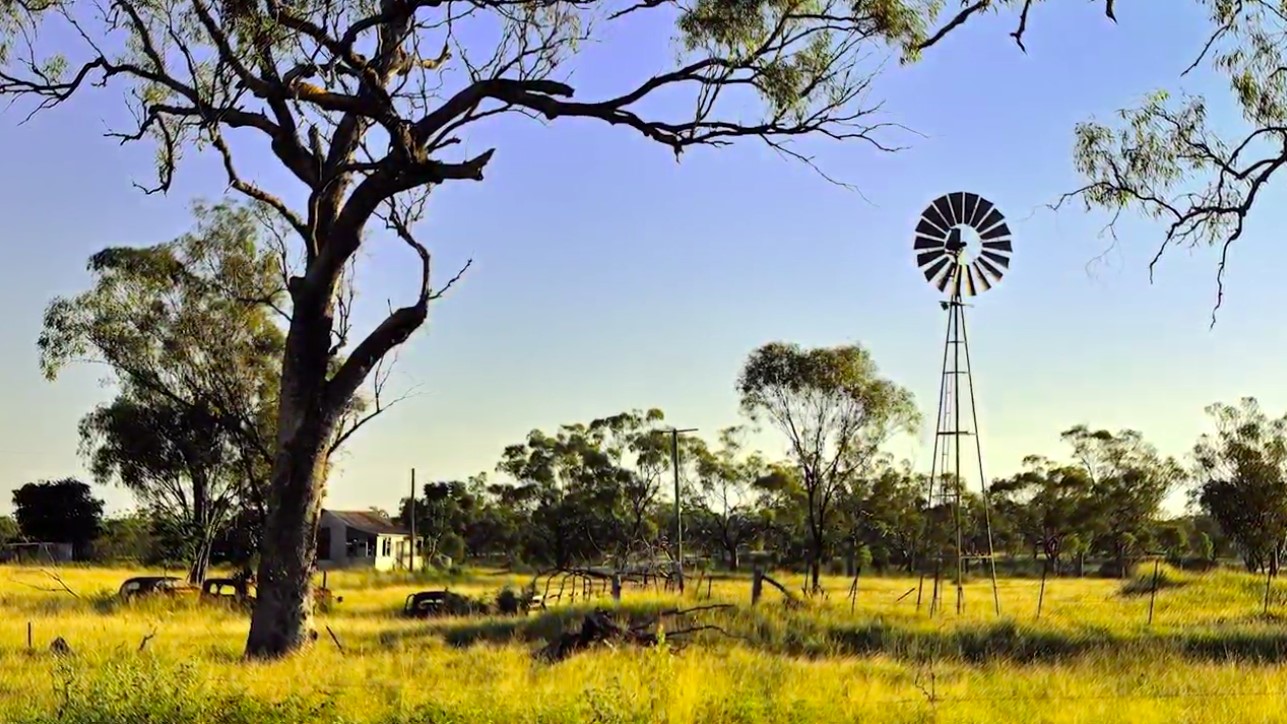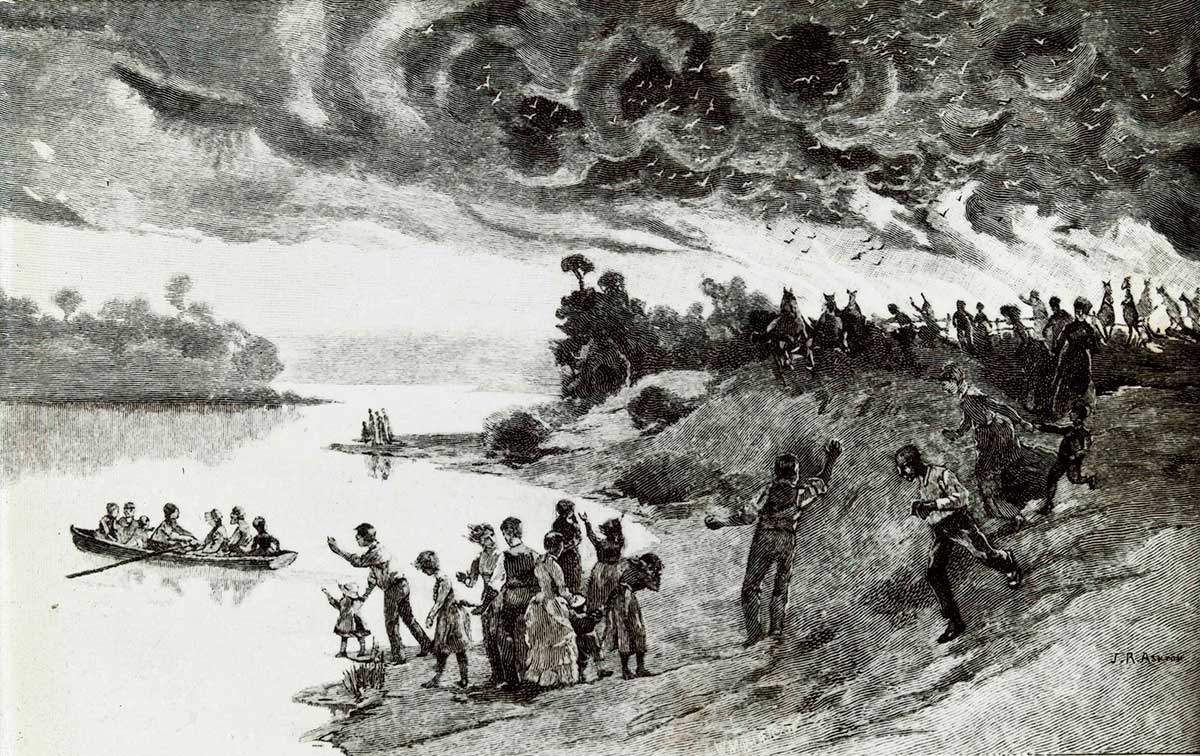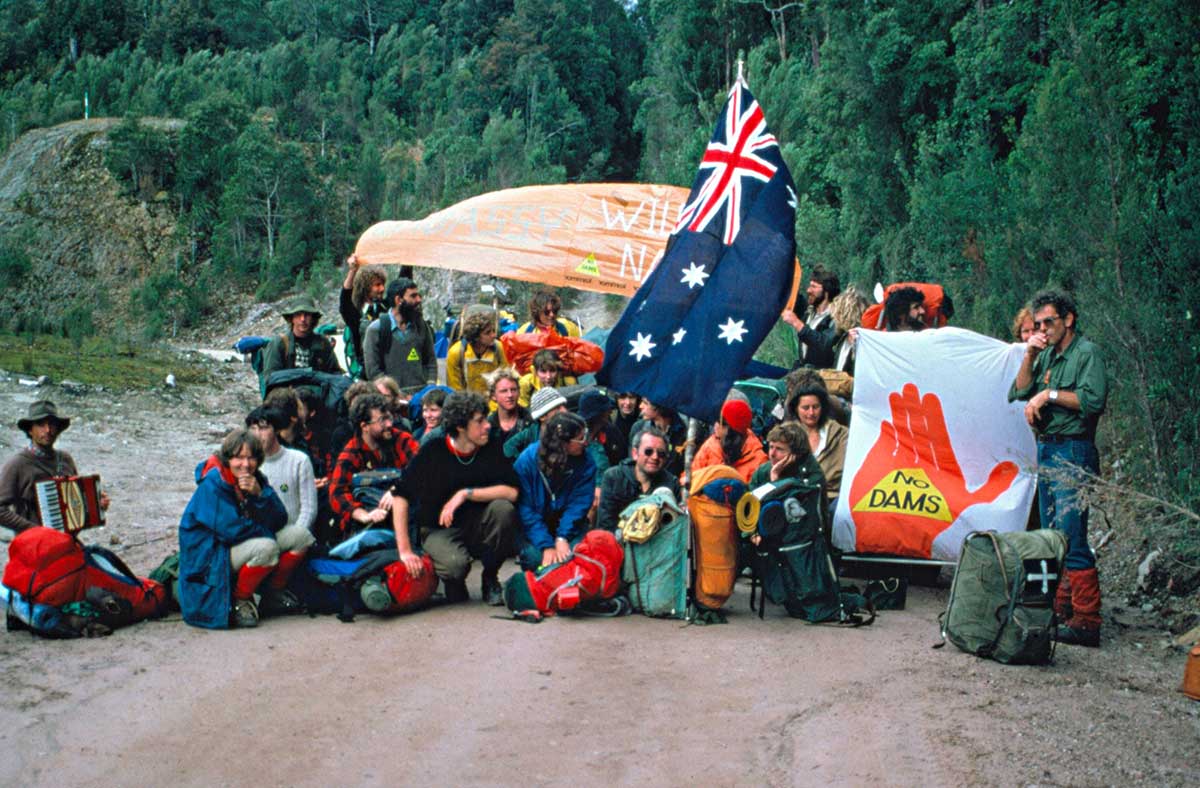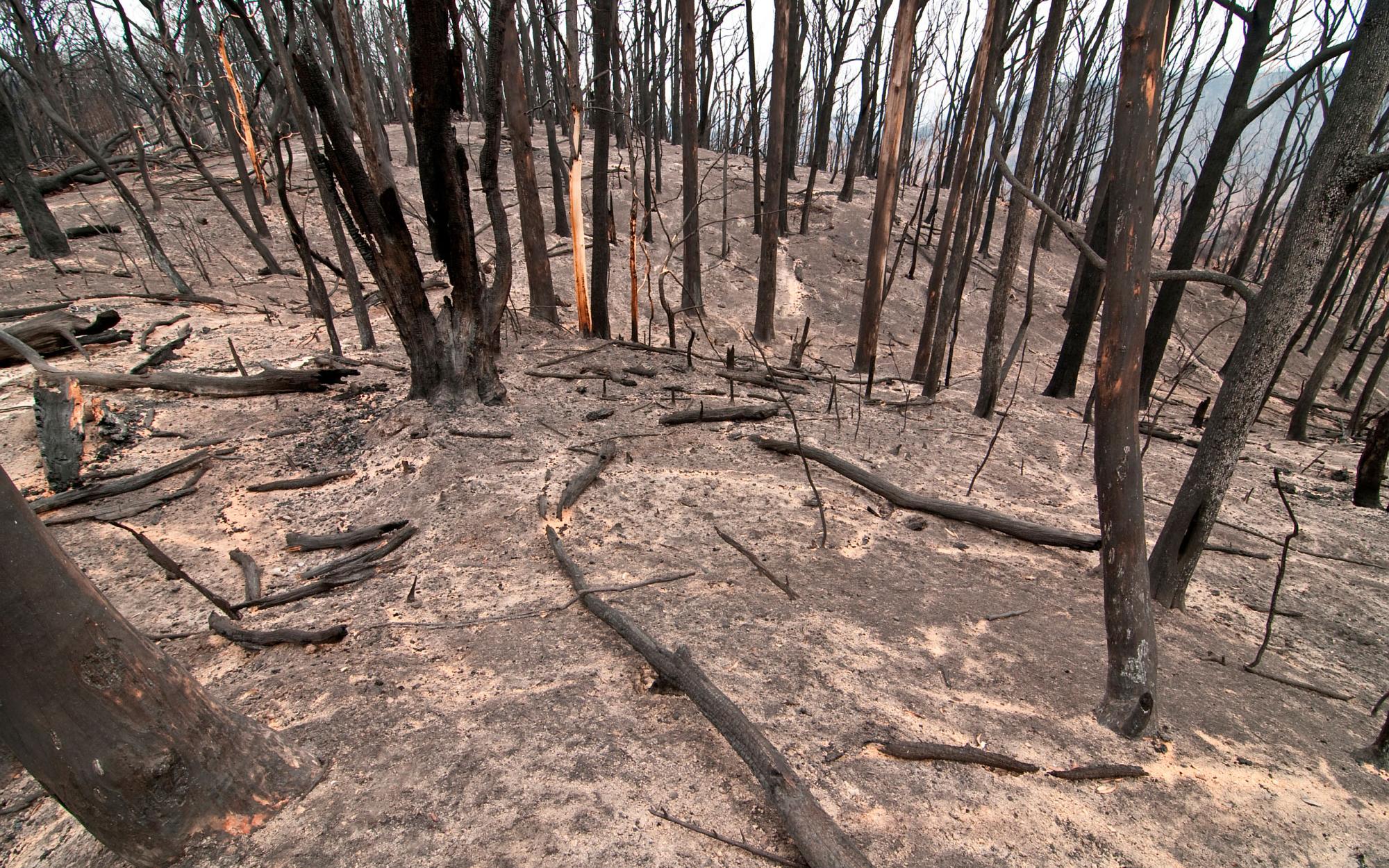80 per cent of the city devastated
1974: Cyclone Tracy hits Darwin
80 per cent of the city devastated
1974: Cyclone Tracy hits Darwin
In a snapshot
Cyclone Tracy hit Darwin in December 1974, killing 66 people and devastating 80 per cent of the city. In the days and weeks after the disaster most of the traumatised population were evacuated from Darwin. In February 1975 the Australian Government established the Darwin Reconstruction Commission, which rebuilt the city over the next three years. Because of the cyclone new building standards were brought in around Australia to make sure that buildings were better able to survive disasters.
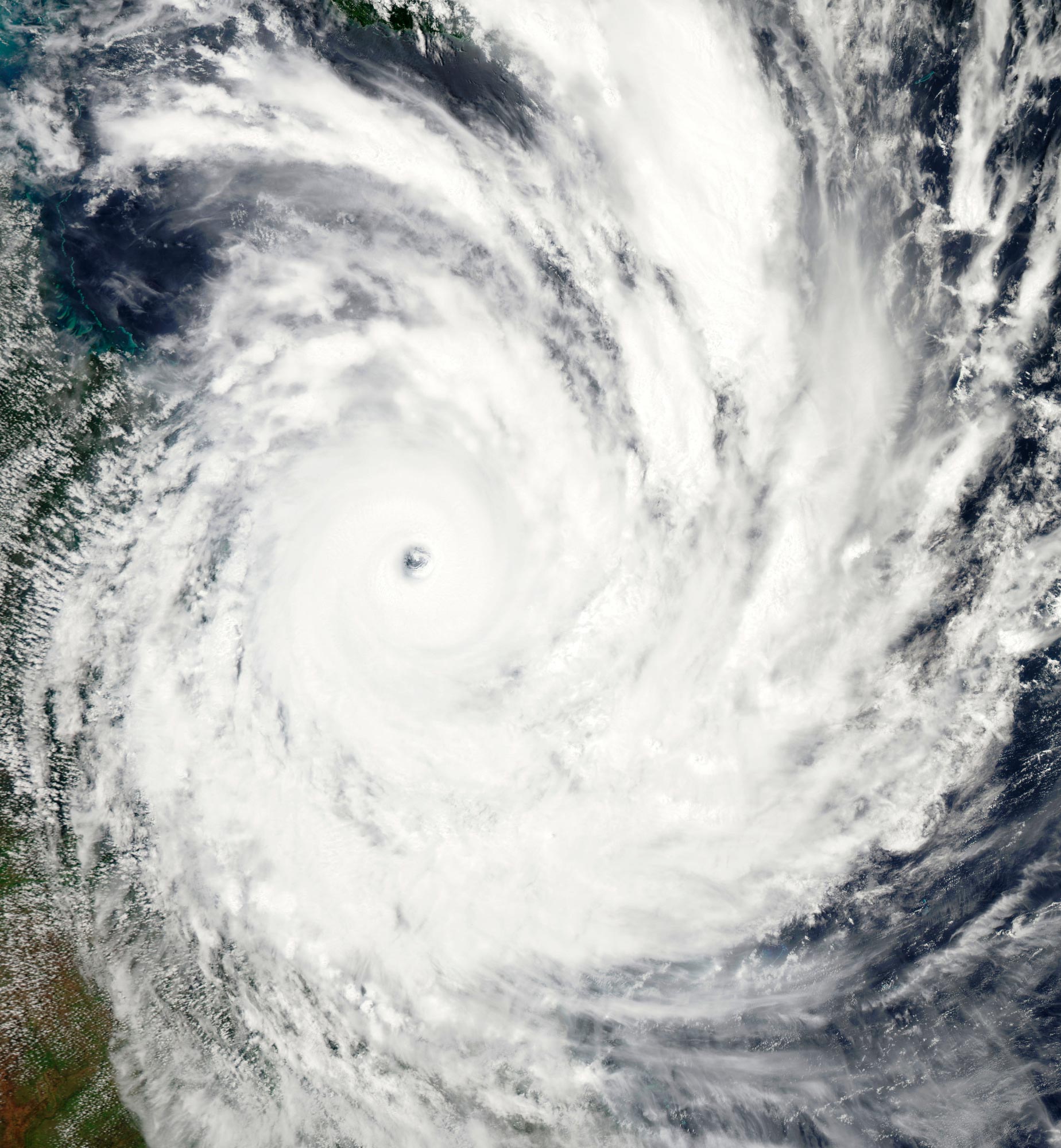
 Can you find out?
Can you find out?
1. On what date did Cyclone Tracy hit Darwin?
2. How many people died because of the cyclone?
3. Why were most residents evacuated after the cyclone?
What happened in Darwin on Christmas Day 1974?
Cyclone Tracy hit Darwin in the early hours of Christmas Day 1974. It was one of the most destructive cyclones ever recorded in Australia. Wind gusts reached 217 kilometres per hour before the anemometer (weather measuring device) was destroyed.
A total of 66 people were killed and 145 people were seriously injured because of the cyclone. Most people who lost their lives were killed by flying debris or crushed beneath their houses.
Others spent many terrifying hours sheltering inside their homes. Joan Allridge sheltered under her kitchen table with two other adults, six children, one cat, four kittens, one dog and three birds.
The people of Darwin emerged from the cyclone in a state of shock.
‘The house fell down around us. It was terrifying, the wind roaring and the house smashing. We were freezing cold. The water pouring in on us was icy. And all I had on was a nightie.’
What happened after Cyclone Tracy?
After the cyclone most of Darwin’s population was evacuated. This happened because there was no safe drinking water, no electricity and no sanitation (toilets did not work and the sewerage treatment plant had been destroyed). This meant that there was a high risk of disease outbreaks. There was also very little shelter as most houses and buildings in Darwin had been badly damaged or destroyed.
More than 36,000 people left Darwin in the days and weeks after the disaster. People from around Australia donated clothes and money and opened their homes to Darwin’s refugees.
Research task
Do some research to find out which parts of Australia are most likely to be affected by tropical cyclones. What are the reasons for this?
How was Darwin rebuilt?
In February 1975 the Australian Government set up the Darwin Reconstruction Commission. The Commission’s goal was to rebuild Darwin in five years, but it achieved this in just over three years.
By the middle of 1978 Darwin’s population had grown to nearly the same number as before the cyclone.
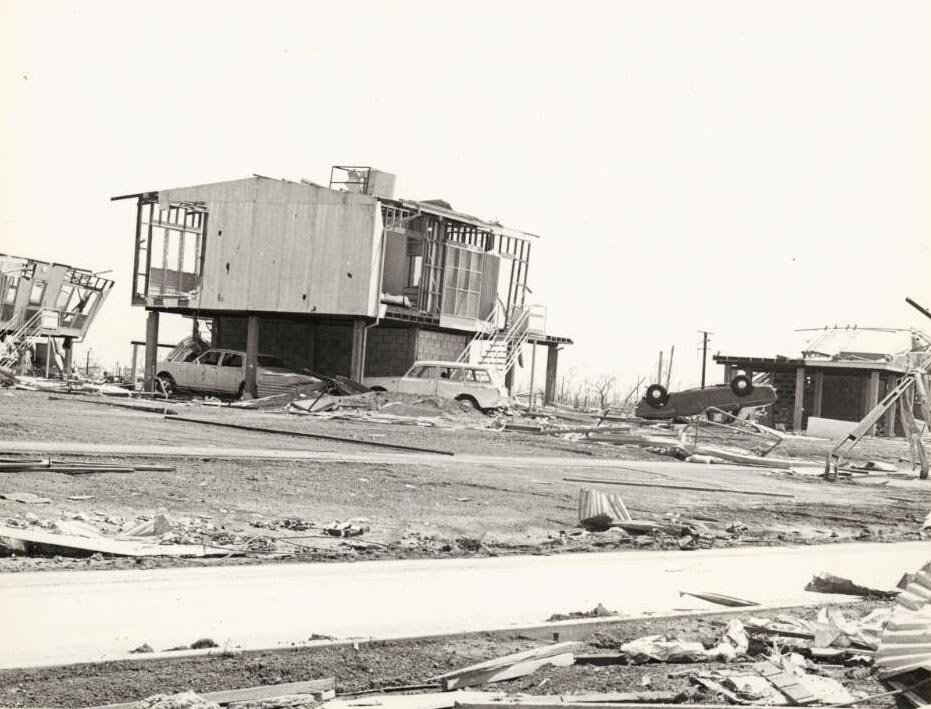
What did we learn from Cyclone Tracy?
After Cyclone Tracy new building standards were brought in across Australia. These new standards meant that buildings had to be clad to protect them against flying debris, and their roofs had to be tied to the foundations. This helped to make buildings better able to survive disasters and protect people sheltering inside.
Read a longer version of this Defining Moment on the National Museum of Australia’s website.
Research task
Research the song ‘Santa never made it into Darwin’, and read or listen to the lyrics. Why was the song written?
 What did you learn?
What did you learn?
1. On what date did Cyclone Tracy hit Darwin?
2. How many people died because of the cyclone?
3. Why were most residents evacuated after the cyclone?






